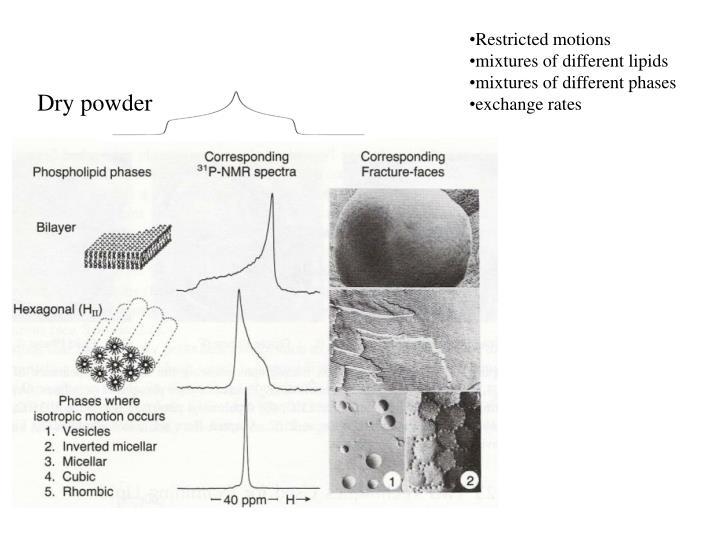

Same spirit, we will omit the indexes showing what stays constant for partial derivations, i.e. P, n i), showing that G is a function of the temperature T, the
#Enthalpy vs entropy free
We thus simply write G for the free enthalpy, and not G( T, We will usually not show the functional relationshipsīy showing the variables. Issues necessary for understanding defects, including defects in semiconductors. In this primer we will review the most important Ourselves to solids which means that most of the time we don't have to worry about the pressure p anymore – it is simply constant. Thermodynamics proper at least once, and thus are able to look at it from a distance without getting totally confusedīy the "details" (which you don't have to know anymore, but must be able to understand when they come up), Van Name, (London and New York: Longmans, Green, and Co., 1906).Internal Energy, Enthalpy, Entropy, Free Energy, and Free Enthalpy A Thermodynamics PrimerĮasy! It is not possible to learn it by just reading through this module. Uploaded by Serge Lachinov (обработка для wiki) – Frontispiece of The Scientific Papers of J. “Josiah Willard Gibbs -from MMS-” by Unknown. “Clausius” by Original uploader was user: Sadi Carnot – (Public Domain) via Commons In contrast, enthalpy can only be related to the heat change of the reaction under standard conditions. Measurement UnitsĮnthalpy is measured in Jmol -1 RequirementsĮntropy has no requirements or limits, and its change is measured by the division between the heat change of the chemical process and the temperature. Difference Between Entropy and Enthalpy DefinitionĮntropy is a measure of the randomness or the extent of disorder of a chemical process.Įnthalpy is a measure of the heat change of a reaction occurring at a constant pressure. Josiah Willard Gibbs’ theories were the earliest writings to contain the concept of enthalpy. Enthalpy of reaction, enthalpy of formation, enthalpy of combustion, enthalpy of neutralization, enthalpy of solution, etc. That is at a pressure of 1 bar and a designated temperature which is generally 25☌. The heat change of a reaction is referred to as its enthalpy only when it takes place under standard conditions. Enthalpy is measured in the units of Jmol -1. The total change in enthalpy of a reaction is the difference between the enthalpy of the products and the enthalpy of the reactants. As it is a state function, it is denoted by a capital letter and, in this case, it is ‘H’, and a change in enthalpy is marked as ‘ΔH’. Enthalpy is also a state function which means the value will not change depending on the chemical route taken to obtain the products.

It makes little sense to measure the enthalpy directly, whereas the change in enthalpy is what carries meaning. The change in enthalpy relates to the heat change of a reaction, and when the reaction occurs at constant pressure, it represents the internal energy change of the reaction system. The total change in entropy during a chemical reaction is the difference between the entropy of the products and the entropy of the reactants.

And the heat change during the reversible process is what is taken into account when deriving the equations for entropy as it involves the maximum heat transfer. However, chemical processes can be either reversible or irreversible. Entropy can be mathematically expressed as the division between the change in heat and temperature. Entropy is symbolized by ‘S’, and as it is a state function, it is always written as a capital letter. It only depends on the beginning and the ending points of a reaction. Therefore, if a reaction has a higher number of molecules as products than its reactants, it can be concluded that the reaction is moving towards a higher level of disorder, and this is a favourable condition in chemistry.Įntropy is identified as a state function in chemistry as the change in entropy doesn’t depend on the chemical path travelled when moving from the chemical reactants to the products. The randomness or the disorder of a reaction increases as the number of molecules increases. What this means is that chemical reactions will tend to drive themselves in the direction of more disorder. According to the second law of thermodynamics, it is believed that the entropy of an isolated system will always increase. What is EntropyĪs mentioned above, entropy measures the randomness or the extent of disorder in a chemical process. The main difference between entropy and enthalpy is, entropy is used as a measurement of the disorder or the randomness of a chemical process while enthalpy is used as a measure of the heat change of a chemical reaction or the change in internal energy of a reaction under constant pressure. And also they are both related to the heat changes of a reaction. Both Entropy and Enthalpy relate to functions of measurements in chemical thermodynamics.


 0 kommentar(er)
0 kommentar(er)
